The Palatine Chapel is located on the first floor of the Royal Palace, where the Sicilian Regional Assembly (ARS) 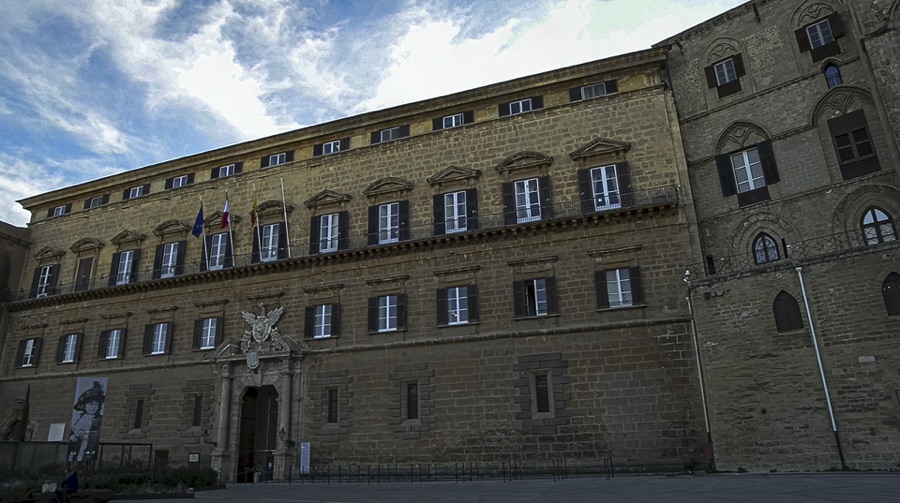 is currently based, as if inside a casket, also in relation to its function of political representation.
is currently based, as if inside a casket, also in relation to its function of political representation.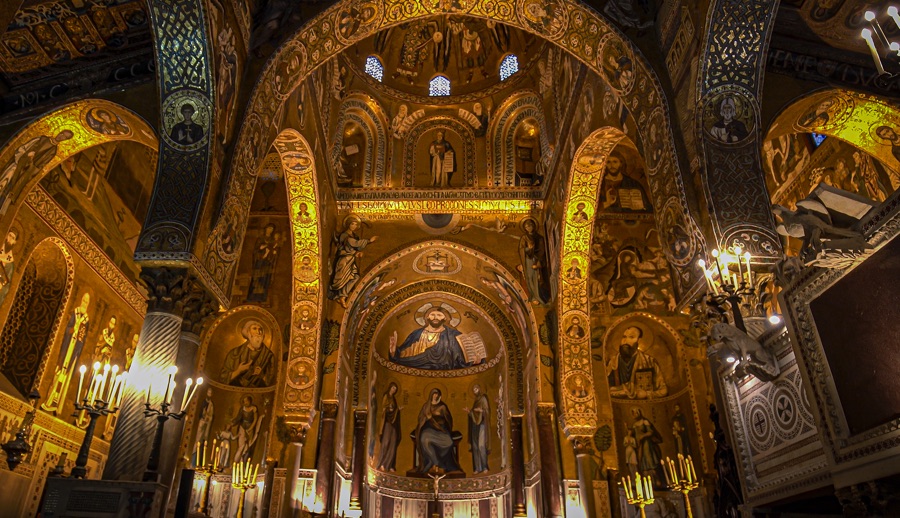 The building stands on previous buildings on the ground floor, such as the palace’s first chapel, dedicated to
Santa Maria delle Grazie
The building stands on previous buildings on the ground floor, such as the palace’s first chapel, dedicated to
Santa Maria delle Grazie
, which today serves as a crypt. Over the centuries, the Royal Chapel has undergone changes that have altered its appearance. It originally stood at the centre of the palace, with the dome and bell tower clearly visible above the walls from the palace floor.
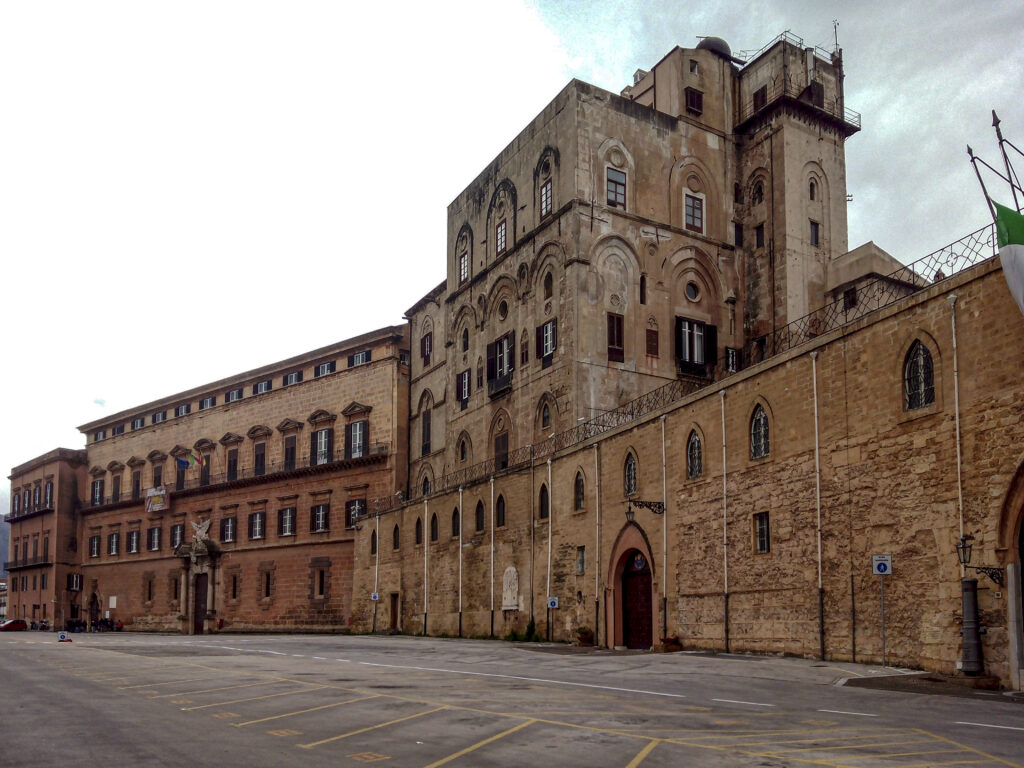 From the 16th century onwards, the chapel was incorporated into the buildings commissioned by the Spanish viceroys, built to extend the building. During this same period, the Maqueda
From the 16th century onwards, the chapel was incorporated into the buildings commissioned by the Spanish viceroys, built to extend the building. During this same period, the Maqueda 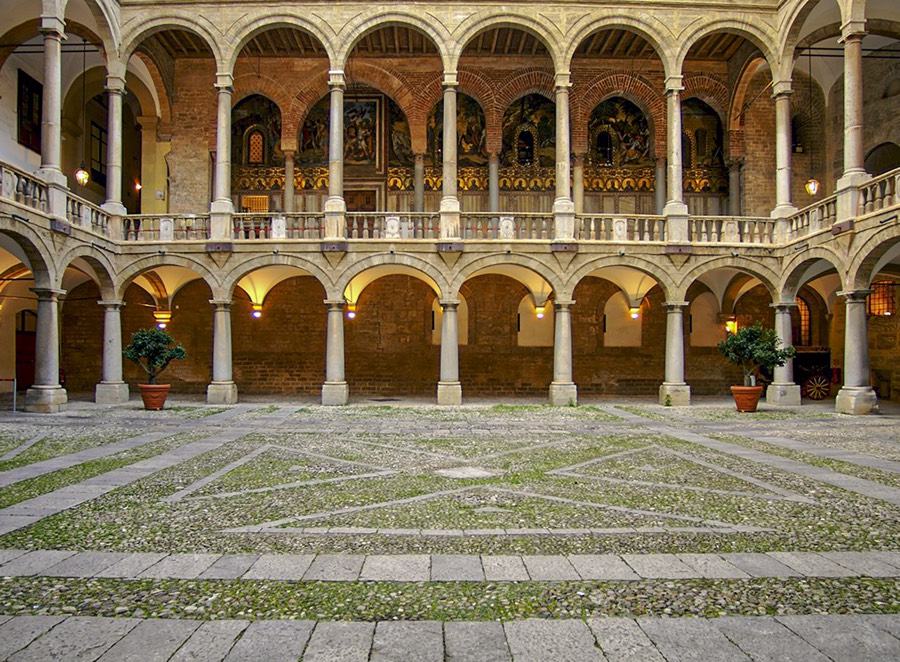 courtyard was created to the south of the chapel and to the north the so-called ‘courtyard of the fountain’ which, with the various rooms created, obscured the external view of its architectural structures.
courtyard was created to the south of the chapel and to the north the so-called ‘courtyard of the fountain’ which, with the various rooms created, obscured the external view of its architectural structures.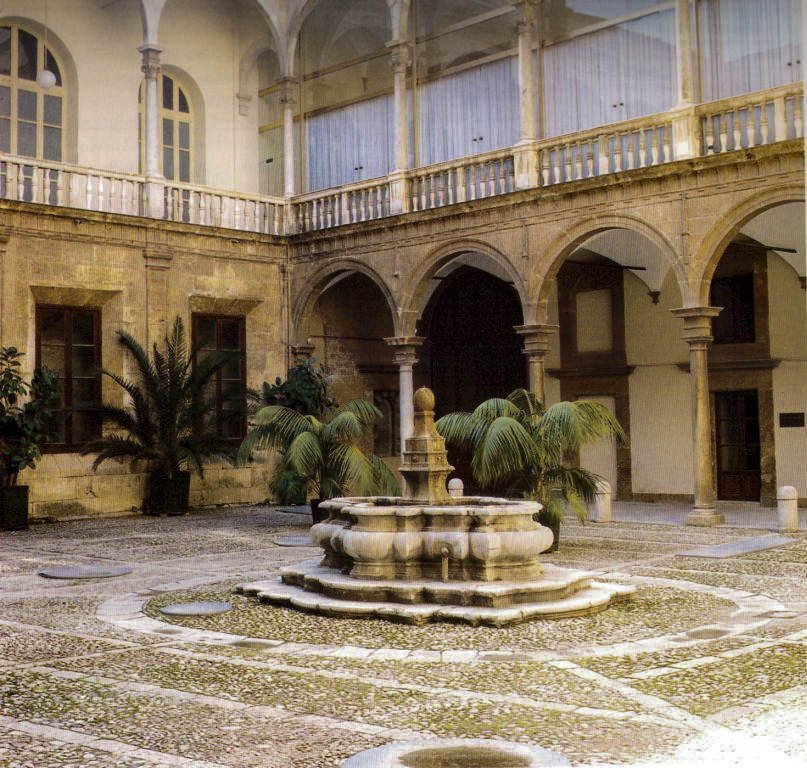 Similarly, the Islamic style architectural components, such as the recessed ring mouldings that decorated the outer walls, were partly concealed. The numerous restorations that have been carried out over time, including inside the building, have preserved the splendour and richness of the decorations, from the
navate
Similarly, the Islamic style architectural components, such as the recessed ring mouldings that decorated the outer walls, were partly concealed. The numerous restorations that have been carried out over time, including inside the building, have preserved the splendour and richness of the decorations, from the
navate
opus sectile
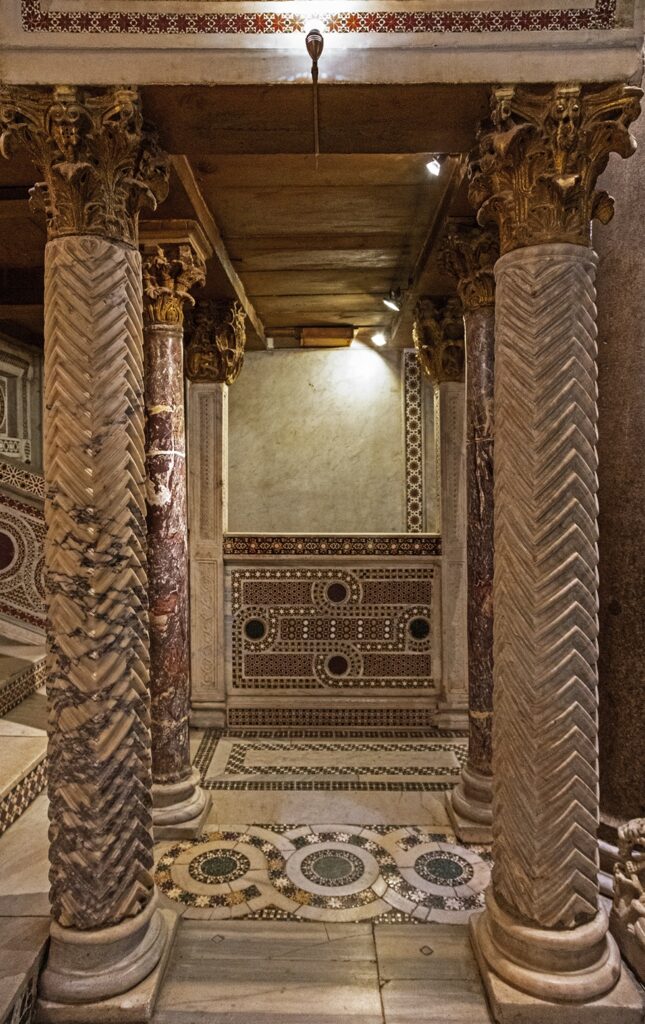 flooring and walls, to the Byzantine mosaics in the naves and on the
apses
flooring and walls, to the Byzantine mosaics in the naves and on the
apses
,
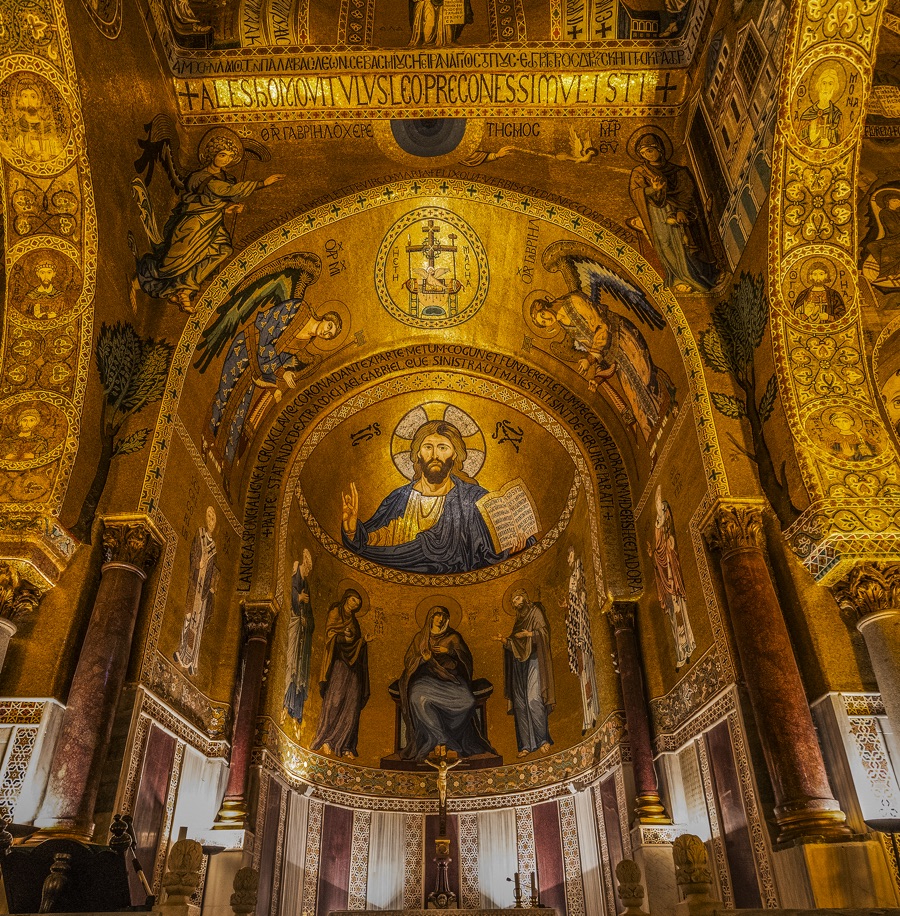 as well as the splendid painted wooden ceiling, made of
muqarnas
as well as the splendid painted wooden ceiling, made of
muqarnas
.
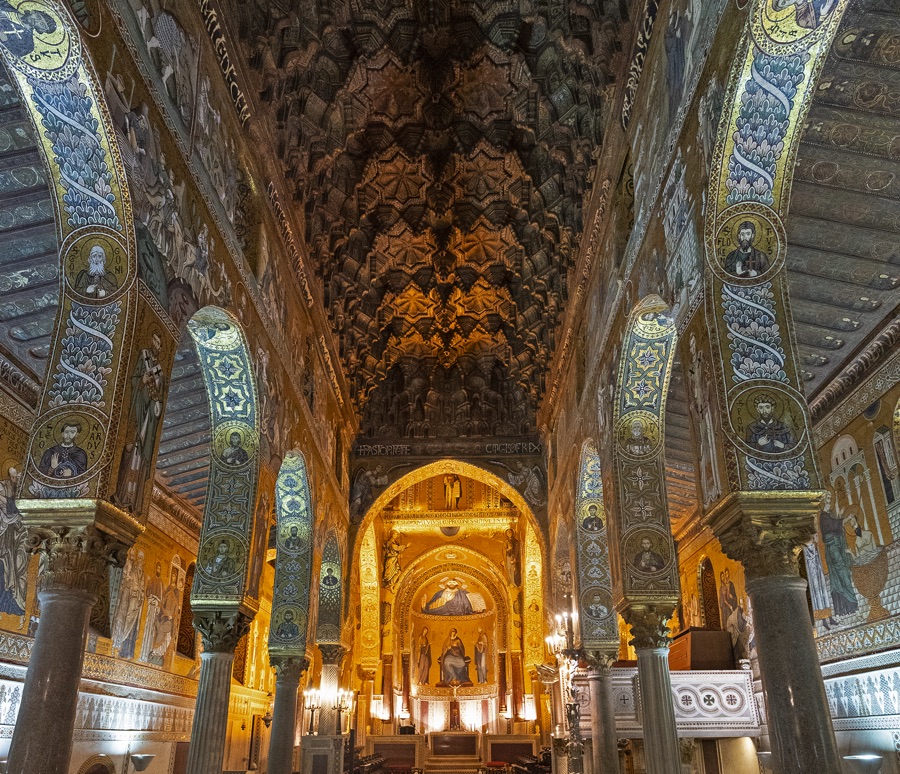 The chapel, dedicated to the first bishop of Rome,
St. Peter
The chapel, dedicated to the first bishop of Rome,
St. Peter
, whose devotion developed rapidly during the Norman era, was built in 1130, the year of the birth of the Kingdom of Sicily, at the behest of the first king, Roger II. Its construction continued over time. On 28 April 1140, it was consecrated as the chapel of the royal family, although not yet defined. In fact, in 1143, there was a mosaic inscription in Greek at the base of the drum of the dome, with a dedication to Roger.